Golden Pheasant
- December 13, 2023
- 0 comment
The Golden Pheasant, also known as the Chinese Pheasant or Chrysolophus pictus, is a strikingly colorful bird native to the mountainous regions of western China. It is a member of the Phasianidae family, which includes pheasants and other game birds.
Physical Appearance
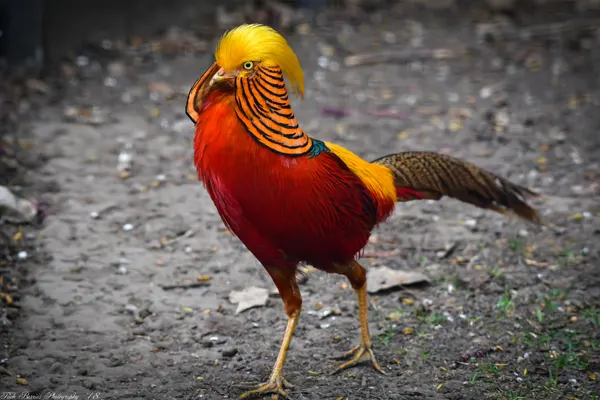
Golden Pheasant
- Lifespan: 15 years
- Habitat: Mixed deciduous and coniferous woodlands with dense undergrowth.
- Diet: Variety of Seeds, Grains, Berries, Fruits, Insects, and Small Invertebrates.
- Size: 90 to 105 cm
- Weight: 630 to 800 grams
- Wingspan: 60 to 90 cm
- Conservation Status: Least Concern
- Population Trend: Population Stable
The male Golden Pheasant is particularly renowned for its vibrant and ornate plumage. It features a combination of rich colors, including a golden-yellow crest on its head, a deep orange “cape” that extends from the back of its head to its shoulders, and a mix of blue, green, and red on its body. The long tail is predominantly golden-yellow with distinct markings. This stunning plumage serves a dual purpose-displaying during courtship rituals and providing camouflage in its natural habitat.
Species Type of Golden Pheasant
The Golden Pheasant belongs to the species Chrysolophus pictus. Chrysolophus is the genus to which both the Golden Pheasant (Chrysolophus pictus) and the Lady Amherst’s Pheasant (Chrysolophus amherstiae) belong. These two species are often collectively referred to as the “pheasants of the genus Chrysolophus.”
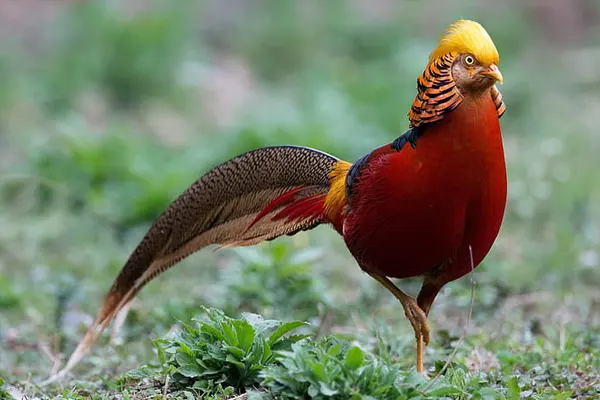
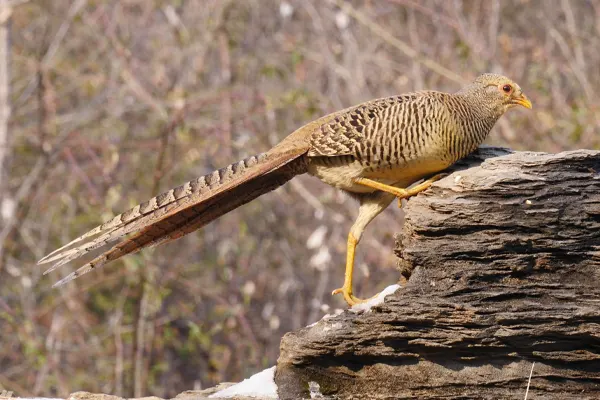
The specific epithet “pictus” in the scientific name Chrysolophus pictus means “painted” or “colored,” which aptly describes the bird’s vibrant and colorful plumage. The Golden Pheasant is native to the mountainous regions of western China and is known for its striking appearance, especially the elaborate and ornate plumage of the male.
Feather Coloration of Golden Pheasant
The Golden Pheasant is one of the most visually striking and beautiful birds in the pheasant family. The purpose of these vibrant colors is not only aesthetic but also serves evolutionary functions, such as attracting mates during courtship displays and, in the case of females, providing effective camouflage in their habitats.
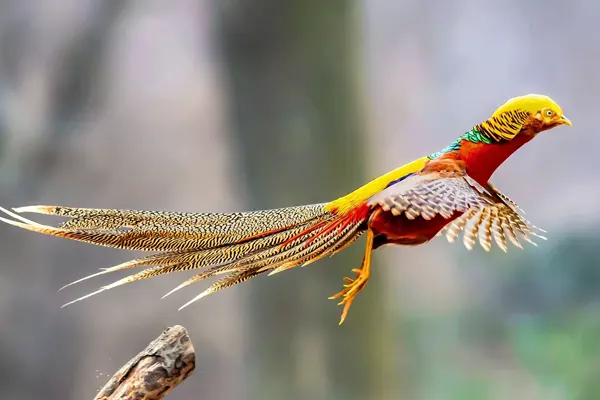
Male
- Golden-yellow with a slight red tip, creating a striking contrast.
- Rusty brown, offering a warm undertone to the brighter colors.
- A kaleidoscope of colors
Female
- Duller and less colorful than the male.
- Mottled brown with lighter and darker markings, providing camouflage in their natural habitat.
- The crest and vibrant colors of the male are absent in females.
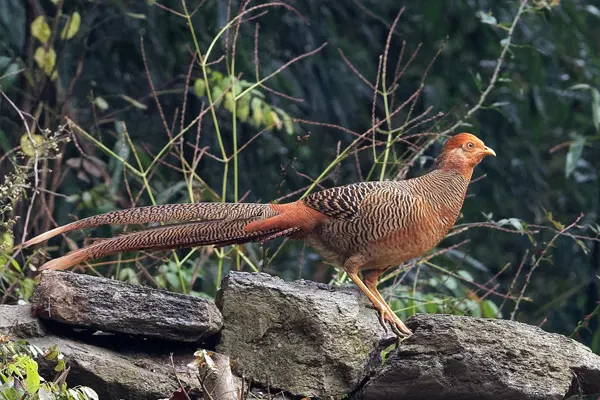
The male Golden Pheasant’s plumage is a remarkable example of intricate and bold coloration in the avian world. These vivid colors not only serve aesthetic purposes but also play a crucial role in courtship rituals and mate attraction within their natural environment.
Flight Characteristics of Golden Pheasant
The Golden Pheasant reflect their ecological niche as primarily ground-dwelling birds. While capable of short, powerful bursts of flight, their flying abilities are limited compared to other birds. Their unique evolutionary adaptations and habitat preferences have shaped their flight behavior, making them fascinating subjects for further study and admiration.
- Limited Flight Distance: Golden Pheasants are not strong fliers and tend to rely on short bursts of flight. They may take to the air when startled or when trying to escape a potential threat.
- Ground-Dwelling: These birds are primarily ground-dwelling, foraging for food and moving about on the forest floor. Their strong legs and adapted toes are more suited for walking and running rather than extended flights.
- Avoidance of Flight: In their natural habitat, Golden Pheasants often use their colorful plumage and the surrounding vegetation for camouflage, avoiding flight whenever possible. Flight is usually a last resort, as it exposes them to potential predators.
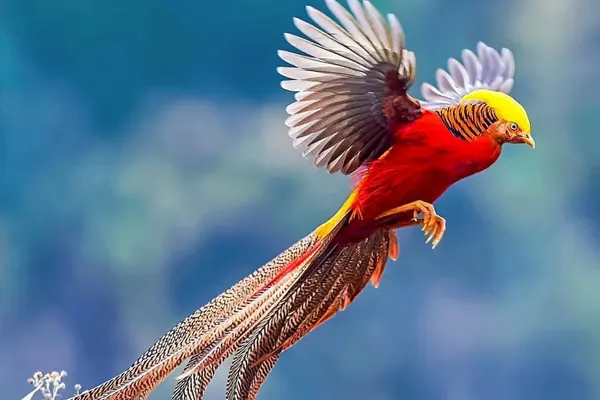
- Labored Flight: When in flight, their flight is often described as labored and noisy. The rapid wing beats may produce a distinctive sound, alerting others in the vicinity to their presence.
- Tree Roosting: Although primarily ground-dwelling, Golden Pheasants may roost in trees at night. Their flight to and from roosting sites is typically short and may involve hopping from branch to branch rather than sustained flight.
Golden Pheasants may not be adept flyers, they are well-adapted to their terrestrial lifestyle. Their behavior and physical characteristics are more suited for navigating through the dense undergrowth of their native habitats rather than covering long distances in the air.
Migration Patterns of Golden Pheasant
Golden Pheasants are not known for extensive migration like some bird species. Their natural habitat is in the mountainous regions of western China, and their behavior is more sedentary compared to migratory birds.
- Non-Migratory Nature: Golden Pheasants are generally non-migratory birds. They tend to inhabit specific territories within their native range and do not undertake long-distance migrations.
- Habitat Preference: These birds are adapted to the mountainous and forested areas where they are found. They prefer habitats with dense undergrowth, providing cover and suitable foraging grounds.

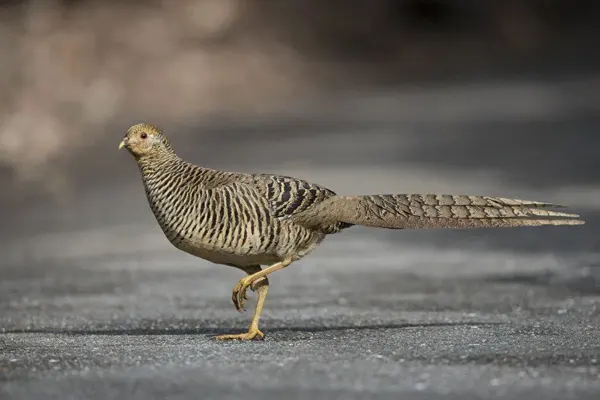
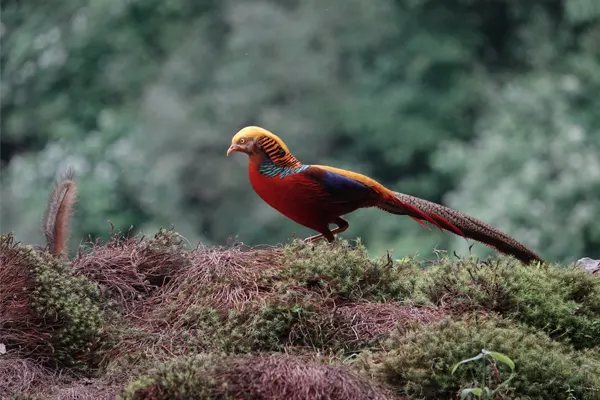
- Seasonal Movements: While not engaging in traditional migratory patterns, Golden Pheasants may exhibit seasonal movements within their local range. Factors such as changes in food availability or breeding behaviors might influence their movement within their established territories.
- Altitudinal Movements: In mountainous regions, Golden Pheasants may move altitudinally, shifting to different elevations in response to seasonal changes or variations in temperature and food resources.
- Local Dispersal: Juvenile Golden Pheasants may disperse locally in search of new territories, particularly during the breeding season. This behavior helps in reducing competition for resources within family groups.
The primary focus of their behavior is often centered around their established territories, and any movements are more likely to be localized rather than long-distance migrations. The adaptability of these birds to their specific habitats and their ability to find suitable conditions within their native range contribute to their non-migratory nature.
Habitat & Distribution of Golden Pheasant
The golden pheasant’s habitat and distribution, we can better appreciate its unique ecological role and contribute to its conservation. By protecting their habitat and reducing threats, we can ensure that future generations can continue to marvel at this magnificent bird.
- Primary habitat: Dense coniferous forests in mountainous regions of western China, particularly the Qinling and Minshan Mountains.
- Secondary habitat: Mixed forests with thick undergrowth, providing ample cover and diverse food sources.
- Elevation: Golden pheasants prefer elevations ranging from 1,500 to 3,000 meters.

- Europe: United Kingdom, France, Germany
- North America: United States, Canada
- New Zealand: Main islands
- Australia: Tasmania
The specific habitat requirements and distribution of the Golden Pheasant are crucial for conservation efforts to protect its natural environment and ensure the sustainability of its population.
Behavioral Traits of Golden Pheasant
The behavioral traits of Golden Pheasants are essential for conservation efforts and for those who keep them in captivity. These behaviors are shaped by the bird’s natural environment, reproductive strategies, and interactions with other members of their species.
- Ground Foraging: Golden Pheasants are primarily ground-dwelling birds. They forage for food on the forest floor, utilizing their strong legs and adapted toes to scratch and search for seeds, berries, insects, and small invertebrates.
- Cryptic Behavior: These birds are known for their cryptic coloration, especially in the case of females. Mottled brown plumage provides effective camouflage, helping them blend into their natural surroundings and avoid detection by predators.
- Territorial Nature: Golden Pheasants can be territorial, particularly during the breeding season. Males may establish and defend territories that include suitable areas for courtship displays.
- Courtship Displays: The courtship displays of male Golden Pheasants are elaborate and visually striking. This often involves the display of their vibrant plumage, including the erect golden-yellow crest, the orange “cape,” and the spread of tail feathers. These displays are intended to attract females.
- Nesting Habits: Females typically build nests on the ground, concealed in vegetation for added protection. They lay a clutch of eggs, and the incubation period is generally carried out by the female.
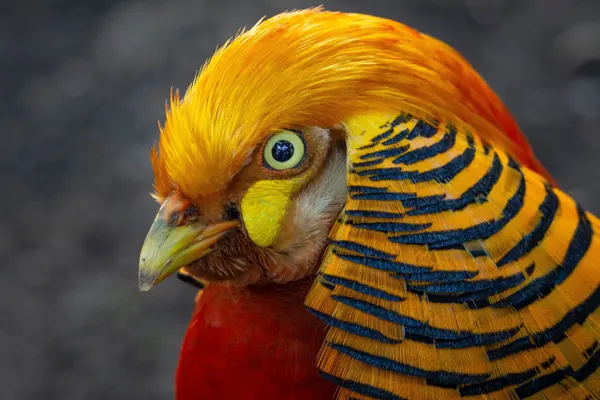
- Limited Flight: While Golden Pheasants are capable of flight, they are not strong or sustained fliers. Flight is often used for short bursts, such as evading predators or moving between roosting sites.
- Tree Roosting: Although primarily ground-dwelling, Golden Pheasants may roost in trees at night. They may use their wings to hop from branch to branch rather than flying long distances.
- Social Structure: Outside of the breeding season, Golden Pheasants may form loose social groups. These groups can include both males and females and may involve communal foraging.
The behavioral traits of golden pheasants, we can gain a deeper appreciation for their unique adaptations and the challenges they face. Our continued efforts to conserve their habitat and protect them from threats are crucial to ensuring the survival of this magnificent bird for generations to come.
Role in Ecosystem of Golden Pheasant
Golden Pheasants may not be considered a keystone species, their ecological roles are interconnected with the broader dynamics of their habitats. Conserving these birds and their habitats contributes to maintaining the overall health and functioning of the ecosystems they inhabit.
- Seed Dispersal: Golden Pheasants are ground-foraging birds that consume a diverse diet, including seeds and berries. As they move through their habitat, they inadvertently assist in seed dispersal. Seeds consumed by the birds are often transported to new locations, contributing to plant diversity and regeneration.
- Insect Control: Golden Pheasants include insects and small invertebrates in their diet. By feeding on insects, they help control insect populations, playing a role in pest regulation within their ecosystem.
- Vegetation Management: As ground-dwelling birds, Golden Pheasants engage in activities like scratching and foraging, which can have localized impacts on vegetation. While this can disturb the ground cover, it may also stimulate new growth and contribute to a dynamic and varied habitat structure.
- Prey for Predators: Golden Pheasants are part of the food web, serving as prey for various predators in their ecosystem. This includes natural predators such as large birds of prey, mammals, and reptiles. Their presence contributes to the balance of predator-prey dynamics.

- Territory Dynamics: The territorial behavior of Golden Pheasants, particularly during the breeding season, influences the distribution of individuals within the ecosystem. Territories may be established in areas with specific features favorable for courtship displays and nesting.
- Biodiversity: The presence of Golden Pheasants contributes to overall biodiversity in their native habitats. Their adaptation to specific ecosystems reflects the health and diversity of those environments.
- Cultural Significance: In some cultures, Golden Pheasants hold symbolic or cultural importance. They may be featured in folklore, art, and traditions, contributing to the cultural landscape and heritage of certain regions.
Protecting their habitat, promoting sustainable land-use practices, raising awareness about the threats they face, and implementing captive breeding programs are crucial steps in ensuring the long-term survival of golden pheasants and safeguarding their vital role in the ecosystems they inhabit.
Dietary Habits of Golden Pheasant
The dietary habits of the Golden Pheasant (Chrysolophus pictus) are omnivorous and varied, consisting of a mix of plant matter, seeds, fruits, insects, and small invertebrates.
- Seeds and Grains: A significant portion of the Golden Pheasant’s diet consists of seeds and grains. They forage on the ground, using their strong legs and beaks to scratch and peck at the soil in search of seeds, grains, and other plant matter.
- Berries and Fruits: Golden Pheasants also consume a variety of berries and fruits. They may feed on wild berries, fallen fruits, and other vegetation that provides a source of energy and essential nutrients.
- Insects and Invertebrates: Insects and small invertebrates form another important part of the Golden Pheasant’s diet. They may eat insects, worms, snails, and other small invertebrates found in the leaf litter or soil. This behavior helps control insect populations and provides additional protein in their diet.
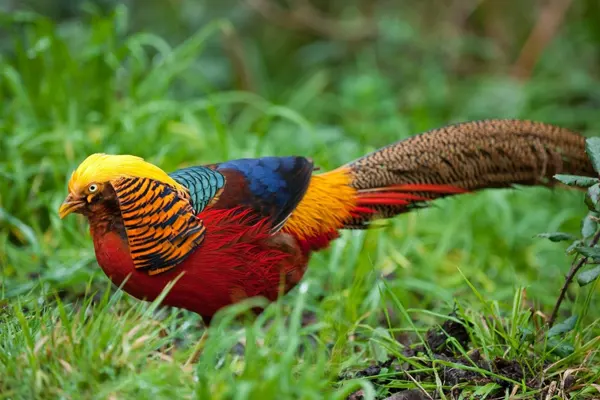

- Vegetative Matter: While foraging, Golden Pheasants may consume various vegetative matter, including leaves, buds, and shoots. This plant material contributes fiber and additional nutrients to their diet.
- Cultural Food: In some cases, Golden Pheasants may be provided with supplementary food in captivity. This can include grains, seeds, and specially formulated bird feed. In captivity, their diet is often adjusted to ensure they receive the necessary nutrients.
- Water: Like many birds, Golden Pheasants also need access to water for drinking. They may also use water sources for bathing and maintaining their plumage.
Their omnivorous diet and ability to feed on a variety of food sources make Golden Pheasants adaptable to different environments, from dense forests to more open woodlands. This adaptability has contributed to their survival and distribution in their native habitats.
Interesting Facts about Golden Pheasant
These unique characteristics and behaviors contribute to the appeal of the Golden Pheasant, both in its natural habitat and in captivity where it is kept for ornamental and recreational purposes.
- Vibrant Plumage: The male Golden Pheasant is renowned for its stunning and vibrant plumage, which includes a golden-yellow crest, an orange “cape,” and a mix of blue, green, and red on its body. This flamboyant display is used during courtship rituals to attract females.
- Cryptic Female Plumage: In contrast to the male’s bright colors, the female Golden Pheasant has more subdued and cryptic brown plumage. This helps her blend into the surroundings for protection while nesting.
- Native to China: The Golden Pheasant is native to the mountainous regions of western China, including provinces like Shaanxi, Gansu, Sichuan, and Yunnan.
- Introduced Populations: Due to their striking appearance, Golden Pheasants have been introduced to various parts of the world for ornamental purposes. Introduced populations can be found in countries like the United Kingdom and the United States.
- Altitudinal Range: These birds can be found at various elevations, ranging from lower elevations up to high mountainous areas. They may exhibit altitudinal movements based on seasonal changes.
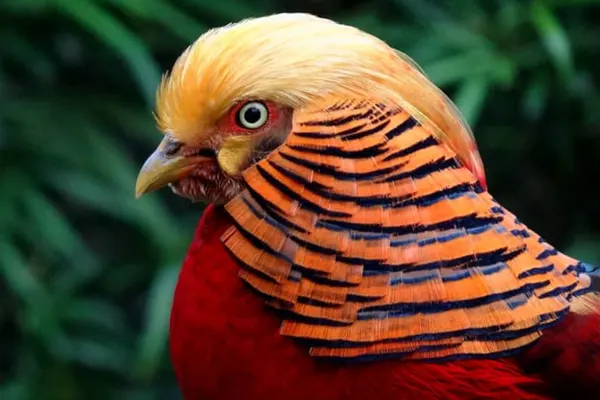
- Limited Flight: Golden Pheasants are not strong fliers and prefer to spend most of their time on the ground. Their flight is often short and explosive, used primarily for evading predators or moving between roosting sites.
- Territorial Behavior: Males may establish and defend territories, especially during the breeding season. Territorial displays involve showcasing their colorful plumage and vocalizations.
- Cultural Symbolism: In Chinese culture, the Golden Pheasant is considered a symbol of beauty and good fortune. It has been featured in traditional art and is associated with positive attributes.
- Communal Roosting: While primarily ground-dwelling, Golden Pheasants may roost in trees at night. They may use their wings to hop from branch to branch, and communal roosting can occur in certain situations.
- Courtship Rituals: The courtship displays of male Golden Pheasants involve showcasing their colorful plumage, erecting their golden crests, and making distinctive calls to attract females.
The diverse dietary habits of golden pheasants and the factors that influence them, we can contribute to the preservation of this magnificent bird and its role within its ecosystem.
Nesting Habits of Golden Pheasant
The nesting habits of Golden Pheasants are adapted to their ground-dwelling lifestyle and the need to provide adequate protection for their eggs and chicks. The strategy of nest concealment, coupled with maternal care, contributes to the reproductive success of the species in its natural habitat.
- Nest Location: Female Golden Pheasants typically build their nests on the ground. The choice of nesting location is often well-concealed within dense vegetation, providing protection and camouflage for the eggs and chicks.
- Nest Construction: The nest is a shallow depression on the ground lined with leaves, grass, and other plant materials. The female uses her body to shape the nest and arranges the materials to create a comfortable and secure environment for the eggs.
- Egg-laying: The female lays a clutch of eggs in the nest. Clutch size can vary, but it typically ranges from 8 to 12 eggs. The eggs are usually brown or olive-colored, helping them blend into the surroundings.
- Incubation: After laying the eggs, the female takes on the responsibility of incubating them. The incubation period lasts for approximately three weeks. During this time, the female remains in the nest to keep the eggs warm and protect them from potential threats.
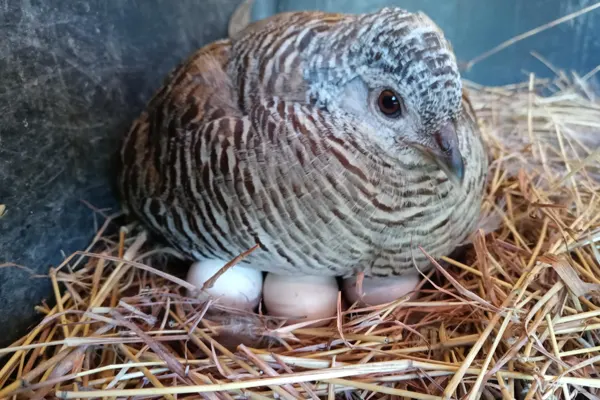
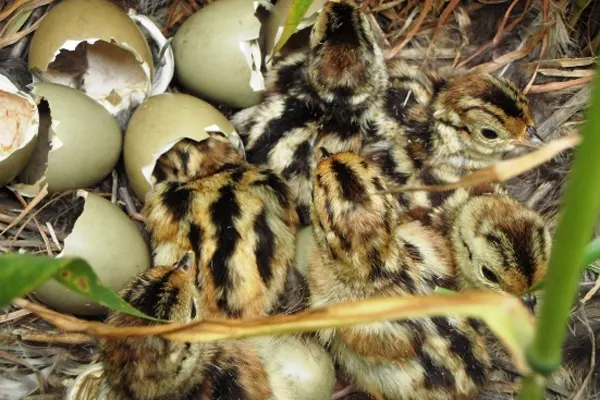
- Maternal Care: Once the eggs hatch, the female continues to provide maternal care to the chicks. She broods them to regulate their body temperature and leads them in foraging for food.
- Chick Development: Golden Pheasant chicks are precocial, meaning they are born with their eyes open and are capable of moving around shortly after hatching. The female guides the chicks and protects them as they learn to find food and navigate their environment.
- Nest Concealment: The choice of a well-hidden nest site and the cryptic coloration of the female contribute to the protection of the nest from potential predators. The female relies on concealment to minimize the risk of detection.
- Territorial Defense: During the nesting period, the male may exhibit territorial behavior to protect the nesting area. This behavior is especially pronounced during the breeding season.
With the nesting habits of golden pheasants and the challenges they face, we can contribute to their conservation and ensure that future generations can continue to marvel at this magnificent bird and its remarkable reproductive behavior.
Calls & Vocalizations of Golden Pheasant
The golden pheasant, known for its vibrant plumage and graceful movements, also possesses a unique repertoire of calls and vocalizations.
- Males:
- “Kok-kok-kok”: A loud, metallic call used during the breeding season to attract females and defend territories.
- “Hup-hup-hup”: A softer call used to maintain contact with females during courtship.
- Alarm calls: A series of sharp barks or screams used to warn other birds of danger.
- Females:
- “Cuk-cuk”: A soft, high-pitched call used to communicate with males and chicks.
- “Kek-kek-kek”: A louder call used to call chicks together or warn them of danger.
- Chicks:
- “Peep”: A high-pitched call used to beg for food and communicate with their parents.
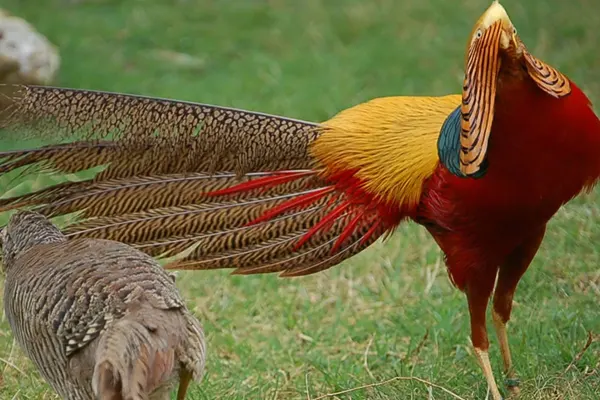
- Communication: Golden pheasants use their calls to communicate with each other over long distances, especially in dense vegetation where visual contact is limited.
- Mating: Males use their loud, distinct calls to attract females and establish dominance during the breeding season.
- Territory defense: Both males and females use calls to defend their territories and warn other birds of potential threats.
- Social interaction: Calls are also used to maintain social bonds within families and flocks.
- Alerting: Calls can serve as an alarm system, warning other birds of potential predators or danger.
Observing and understanding the vocalizations of Golden Pheasants can provide valuable insights into their behavior, social dynamics, and reproductive activities. The combination of vocalizations with visual displays contributes to the overall communication strategies of these birds in their natural environment.
Conservation Status of Golden Pheasant
The conservation status of the Golden Pheasant (Chrysolophus pictus) is generally considered to be of “Least Concern” according to the Red List of Threatened Species. This designation suggests that the species is not currently facing a significant risk of extinction globally.
- Habitat Loss: Deforestation and habitat degradation can pose threats to Golden Pheasants by reducing the availability of suitable habitats for foraging, nesting, and courtship displays.
- Hunting: In some areas, Golden Pheasants may face hunting pressure for their striking plumage or as game birds. Unregulated hunting can have negative effects on local populations.
- Introduction of Non-Native Species: The introduction of non-native species can lead to increased competition for resources and habitat, affecting the Golden Pheasant and other native species.
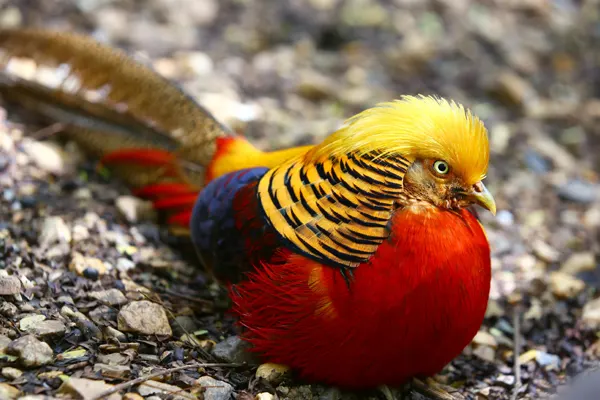
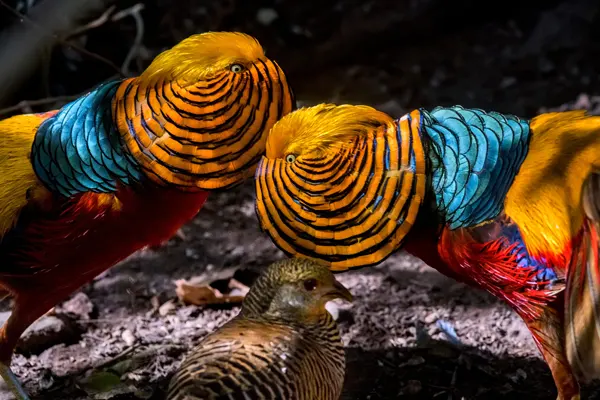
Conservation efforts often focus on habitat preservation, sustainable management, and regulations to address hunting pressures. Additionally, captive breeding programs may be implemented to help maintain genetic diversity and potentially reintroduce individuals into the wild.
Research and Ongoing Studies of Golden Pheasant
The golden pheasant, with its vibrant plumage and captivating behavior, has captivated scientists and bird enthusiasts for centuries. Ongoing research efforts are continually expanding our knowledge of this fascinating species and informing conservation strategies.
- Estimating population size and trends: Researchers are employing various methods, including field surveys, radiotelemetry, and genetic analysis, to estimate the global population size of golden pheasants and monitor population trends in different regions.
- Habitat use and selection: Studies are investigating how golden pheasants utilize their habitat, identifying critical resources and preferred nesting and foraging areas.
- Dispersal movements: Research is focusing on tracking the movement patterns of individual birds to understand how they disperse across the landscape and establish new territories.
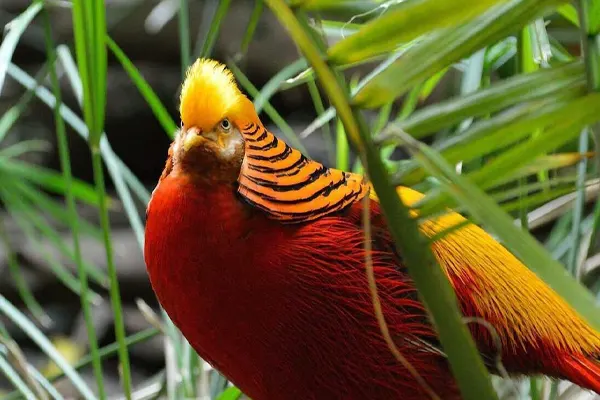
- Behavior and Reproductive Biology: Understanding courtship displays, mating behaviors, nesting habits, and other aspects of reproductive biology contributes to the overall knowledge of the species.
- Habitat Use and Ecology: Research on the Golden Pheasant’s habitat preferences, ranging patterns, and interactions with other species helps inform conservation strategies and habitat management.
- Population Dynamics: Monitoring population sizes, trends, and genetic diversity is crucial for assessing the health of Golden Pheasant populations and implementing effective conservation measures.
- Threats and Conservation Strategies: Studies may focus on identifying and mitigating threats such as habitat loss, hunting, and introduced species. Conservation strategies may include habitat restoration, anti-poaching measures, and community engagement.
- Captive Breeding and Reintroduction: Research on captive breeding programs can contribute to the development of effective breeding strategies, genetic management, and the potential reintroduction of individuals into the wild.
Educational and Ecotourism of Golden Pheasant
The Golden Pheasant, with its vibrant plumage and unique behaviors, has the potential to be an interesting subject for educational programs and ecotourism initiatives.
- Education:
- Avian Ecology Programs: Incorporate the Golden Pheasant into educational programs focusing on avian ecology. Highlight its role in ecosystems, nesting behaviors, and adaptation to specific habitats.
- Biodiversity Lessons: Use the Golden Pheasant as an example to teach about biodiversity, emphasizing the importance of preserving diverse species within ecosystems.
- Aviaries and Zoos:
- Captivity for Education: In captivity, Golden Pheasants can be showcased in aviaries and zoos, providing opportunities for people to learn about their characteristics, behaviors, and conservation needs.
- Breeding Programs: Participate in or support captive breeding programs to maintain genetic diversity and contribute to conservation efforts.

- Ecotourism:
- Guided Bird Watching Tours: Incorporate the Golden Pheasant into guided bird watching tours in regions where they are naturally found. Knowledgeable guides can provide information about their behavior, habitat, and conservation status.
- Photography Tours: Offer ecotourism opportunities for photographers interested in capturing images of the Golden Pheasant in its natural habitat. Responsible tourism practices should be followed to minimize disturbance.
- Nature Reserves and Sanctuaries:
- Establish Viewing Areas: Designate viewing areas within protected nature reserves or sanctuaries where visitors can observe Golden Pheasants without disturbing their natural behaviors.
- Interpretive Centers: Develop interpretive centers that provide information about the Golden Pheasant and the broader ecosystem, educating visitors about the importance of conservation.
The Golden Pheasant into educational programs and ecotourism initiatives, there is an opportunity to raise awareness about the species, promote conservation efforts, and contribute to local economies through responsible and sustainable tourism practices.
Conclusion
The Golden Pheasant (Chrysolophus pictus) is a captivating bird with vibrant plumage and unique behaviors that make it an interesting subject for various purposes. Its role in ecosystems, colorful displays during courtship, and adaptation to specific habitats contribute to its significance in both natural and human-influenced environments.
From an educational perspective, the Golden Pheasant offers valuable opportunities for teaching about avian ecology, biodiversity, and conservation. Its inclusion in educational programs, whether in captivity or through guided ecotourism initiatives, can foster a greater understanding and appreciation for the natural world.
In terms of conservation, ongoing research and monitoring are essential to assess the population dynamics, address threats, and implement effective strategies for preserving the species. Encouraging responsible ecotourism practices and involving local communities in conservation efforts can contribute to the long-term sustainability of Golden Pheasant populations.
The adaptability of Golden Pheasants to captivity, combined with their aesthetic appeal, makes them a subject of interest in aviaries and zoos. Captive breeding programs can play a role in maintaining genetic diversity and supporting broader conservation objectives.
Ultimately, the Golden Pheasant serves as a symbol of beauty and biodiversity, and efforts to conserve and understand this species can contribute to the broader goal of preserving Earth’s rich and diverse natural heritage. Continued research, education, and responsible engagement with these birds can enhance our collective commitment to wildlife conservation.


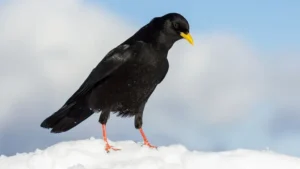
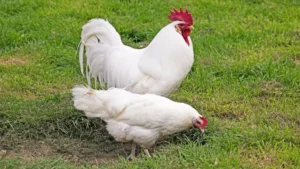
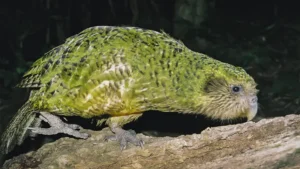

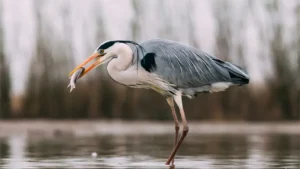
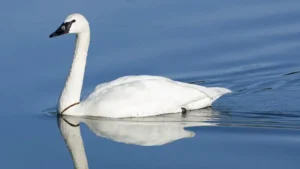
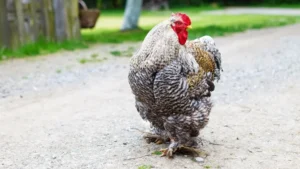
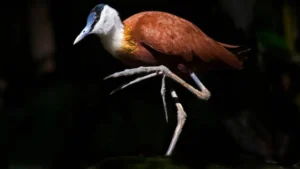
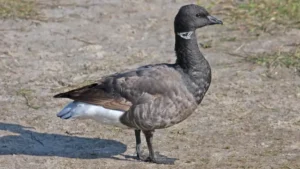

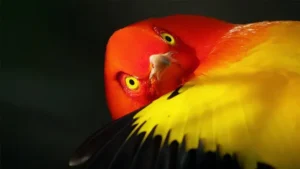

Leave your comment